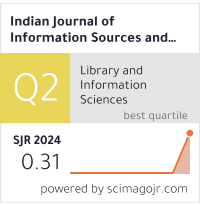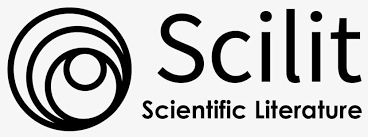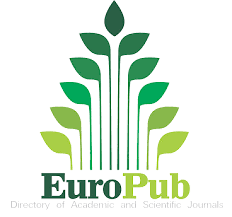Triguna Traits and Big Five Personality Factors of Medical and Engineering Students
DOI:
https://doi.org/10.51983/ijiss-2025.IJISS.15.1.36Keywords:
Triguna Traits, Big-Five, Medical & Engineering StudentsAbstract
The purpose of this study was to compare Triguna Traits and Big Five Personality Factors of Medical and Engineering Students. The sample included 200 students; i.e.100 Medical students and 100 Engineering students. Further bifurcation was done based on gender i.e. 50 males and 50 females in each group. The selected sample was between the age range of 20-28 years, studying in medical and engineering colleges. Data was collected from different cities of Gujarat, namely, - Vadodara, Ahmedabad, Bharuch, Gandhinagar and Surat. Scales used for measuring the Triguna Traits & Big Five Personality Factors were the Triguna scale constructed and standardized by Dr Gitanjali Royand Big Five Inventory was constructed and standardized by Oliver John and Veronica Bennet respectively. Data was analyzed using Mean, SD and ‘t’ tests. Results of the study indicated that a significant difference was found in favour of Medical Students on Sattvic Knowledge, Conscientiousness and Openness to Change. While Tamasic Knowledge was found higher in Engineering Students. Males of the Medical stream showed higher Sattvic Knowledge, Sattvic Habit, Conscientiousness and Openness to Change as compared to males of the Engineering Stream. Whereas, females of the medical stream showed higher Neuroticism as compared to females of the Engineering stream. While comparing male and female students of the Medical stream, results showed higher Extraversion in males and higher Neuroticism in females.
Downloads
Published
How to Cite
Issue
Section
License
Copyright (c) 2025 The Research Publication

This work is licensed under a Creative Commons Attribution-NonCommercial-NoDerivatives 4.0 International License.









